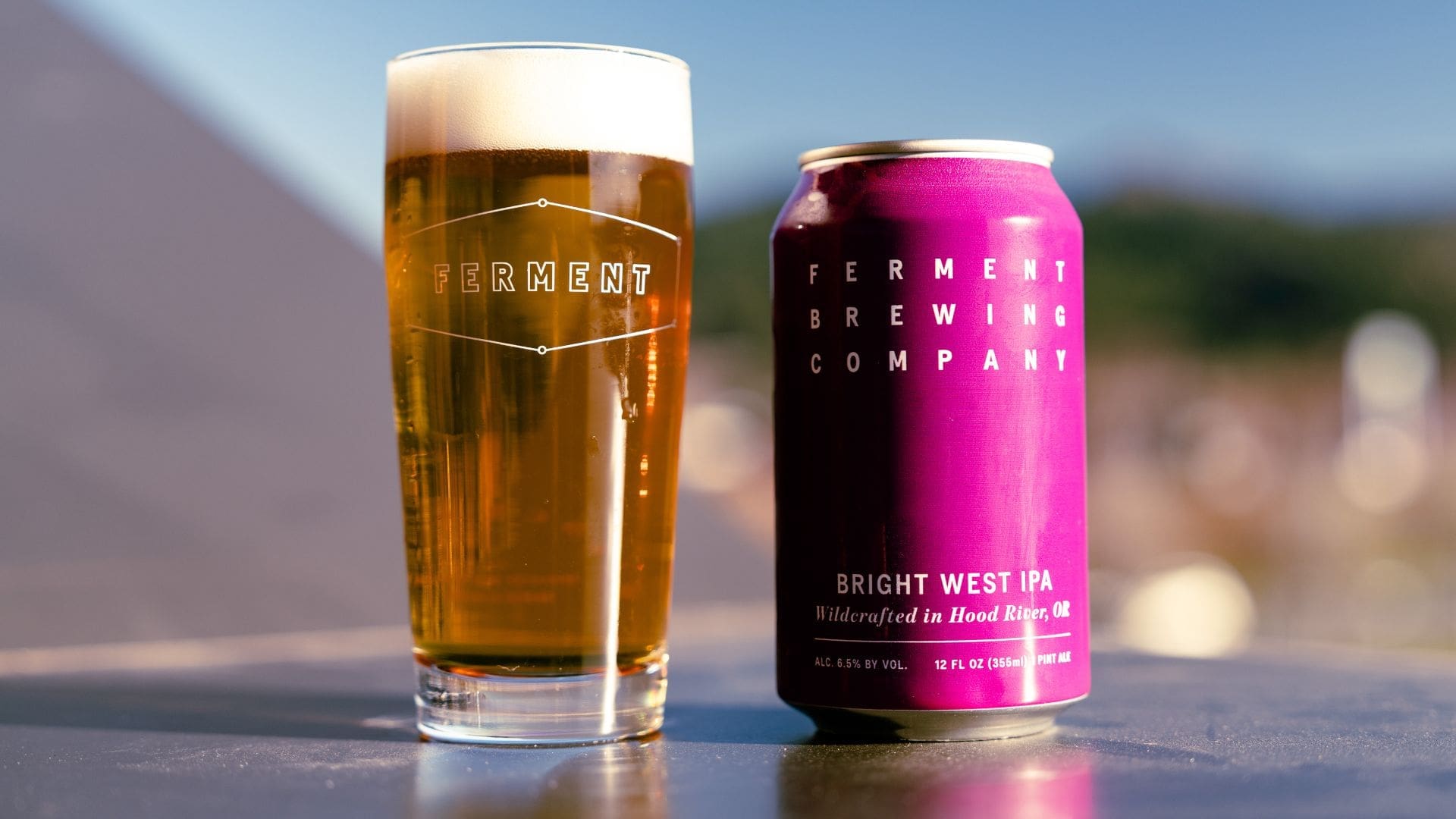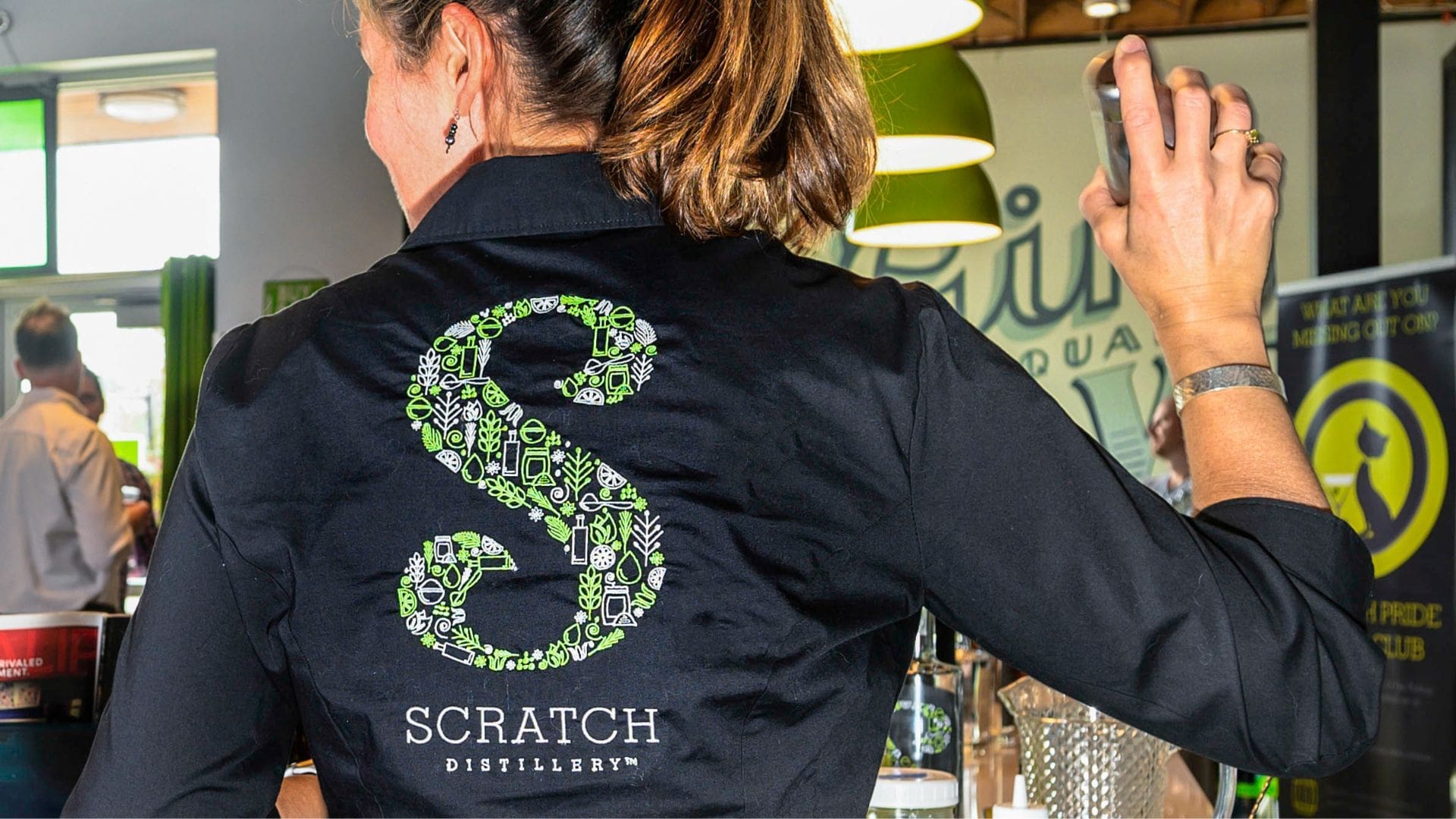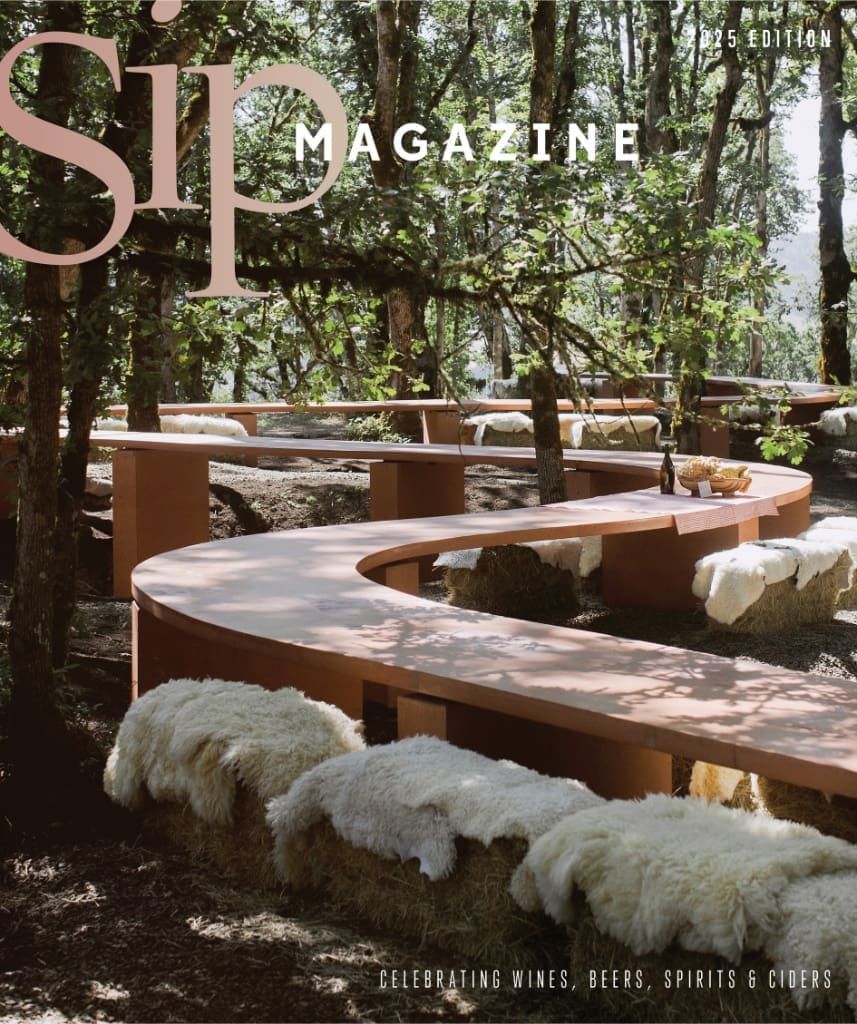The creation of Rogue Ales & Spirits’ Rolling Thunder imperial stout and whiskey owes a large part of its existence to one key object: the barrel.
Keeping nearly everything in-house, the Oregon-based company opened its distillery operation in 2003 with its own cooperage, Rolling Thunder Barrelworks, coming into the picture in 2015. But those are just two of the elements that make up all of Rogue’s operations, they also have their own farm in the Tygh Valley where they grow more than a dozen ingredients — including 10 varieties of hops, two varieties of barley and honey — for their products.
All in the Family
What makes the recent release, Rolling Thunder imperial stout and Rolling Thunder stouted whiskey, so unique is the way the company incorporates three major elements of its operations into the two beverages.
“The history of the barrel is really an indication of the project itself,” says Brian Pribyl, Rogue head distiller. After distilling the grain product and aging for a year in barrel, the distilling team sends those barrels over to the brewing side to age the imperial stout. Once the stout is complete, it is emptied out and the one-year-aged whiskey is transfer back into those once-used whiskey-, once-used stout-barrels for about two more years, Pribyl says.
Nate Linquist, Rolling Thunder’s head cooper, produces four barrels a week for the distillery. Each one is handcrafted, made with Oregon-grown oak, giving the contents it carries local terroir.
“I can’t say nice enough things about the barrels,” Linquist says “You get these nice maple-y toffee, these really unique beer characteristics that help balance out the whiskey for a finished product.”
The result of this extensive, full-circle process is a 97-proof whiskey that meets beer, barrel and whiskey in the middle. It has “some of those maple-brown, sugar-toffee characteristics that you’re getting from the imperial stout, with some of that clove spice that we’re getting from the barrel itself,” Pribyl says.
Tying it Together
As the only farmer-brewer-distiller-cooper in the U.S., the team at Rogue knew they wanted to take advantage of their unique position of controlling all these production elements. Considering beers with higher ABV levels tend to age better, they landed on making an imperial stout as the beer portion of this ambitious project.
Like the whiskey, the imperial stout feeds off of the barrel during the aging process which imparts caramel flavors as well as hints of the whiskey that was aged before it.
Without any one of the components — the farm, cooperage, distillery and brewery — neither the stouted whiskey nor the imperial stout could have existed but as Pribyl says, it all starts with the barrel.
“It’s amazing to be able to empty out whiskey barrels and once we’re done with the aging process… kick it over to the brewers and basically have a secondary or even a third use for the barrel,” Pribyl says. “It’s a very unique way of approaching the life of a barrel.”








